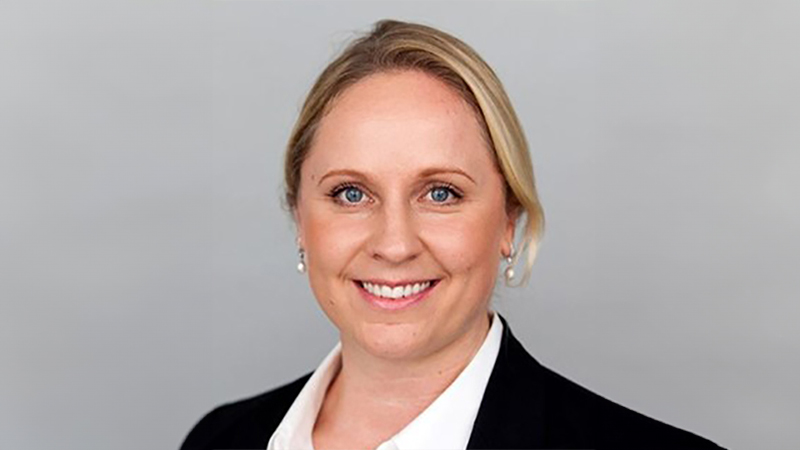The main problem is that many fund managers have not caught up with the idea of ESG yet. To demonstrate this, the equities chart below shows only 50% of funds which slap themselves with an ‘ESG’ label actually get an above-average Morningstar ESG rating.
Those that do not match investors’ growing expectations of a green and sustainable fund risk losing out on key business from ethically-minded clients.

Bonds funds (see the bonds chart below) are a much closer match, with 70% of those identified as ESG funds rated above average. But still, this illustrates the problem for fund buyers working for clients who demand ESG compliance. What exactly counts as ESG?

Wake-up call
Teresa Platan, who specialises in selecting emerging markets and Japan equity funds for Aktia, a Finnish bank, believes that fund managers are going to have to wake up to this threat.
“It will get to a point where, if a fund group doesn’t have fully-implemented ESG integration, and had it in place for sometime, we won’t be able to use them anymore,” she says. “The shift has been so fast in the past year with the clients suddenly asking so much about ESG. It’s difficult to say exactly how long before we’re there. Maybe only in a year or two.”
Most of Platan’s clients, institutional investors, are at the so-called ‘stage-three’ of awareness where they expect all funds to be ESG checked.
The first two stages jump from not caring at all, to using ESG-specific funds.
In a fourth stage clients may expect ESG to be an alpha-generating, structural part of the investment process.
“Going back maybe three years, we understood it would not be enough to tick an ESG box,” she says. “We really want to understand how a fund manager integrates ESG throughout their entire decision-making process. Clients have in recent years made it a requirement.”
Get involved
Platan starts with a relatively straightforward fund selection process, first screening funds quantitatively and then analyse them qualitatively.
She has found there are fund managers who do the minimum they can get away with, but even with these, Platan’s attitude is to be supportive.
“It might start with a manager who says they look at ESG separately or that they only look at the governance part. But that is good – governance is the first thing you have to look at,” she said.
“At the beginning they might not have any external ESG research. They do it themselves, and maybe it’s not very in-depth. They need to have a separate dedicated ESG resource that develops their processes. But at least they are trying.”
Even though she sees everything moving to full ESG requirements, when she encounters a fund manager who is not up to scratch, for the moment at least, she will not reject them.
Instead, Platan chooses to work with the manager, explaining what her needs are and suggesting how they might use ESG in a way that doesn’t disrupt their portfolio or might even add value.
And you don’t need to be a fund manager with a huge team and lots of resource to this. She gives an example of a small boutique frontier market manager they invest in that fully satisfies these elements.










